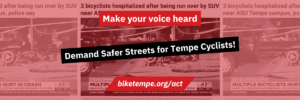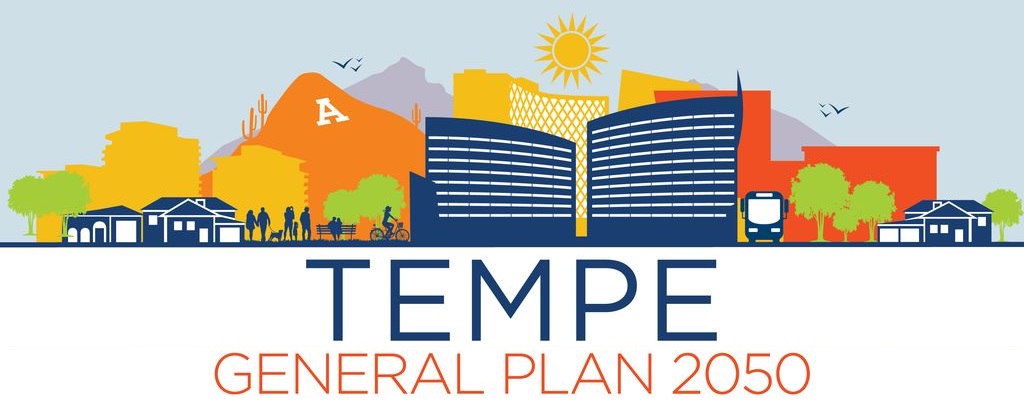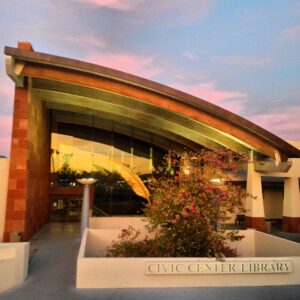A clear and positive Federal policy for pedestrians and bicyclists!
FTA Issues Policy on Funding Eligibility For Pedestrian and Bicycle Improvements
A final policy statement providing guidance on federal funding eligibility of pedestrian and bicycle improvements near public transportation facilities was issued by the Federal Transit Administration in the Aug. 19 Federal Register.
Under federal transit law, funding administered by FTA can be used to construct bicycle and pedestrian improvements in and around transit facilities when there is a “functional relationship” to the facility. To further the USDOT policy of making communities livable, the notice said, the FTA policy statement provides that projects within the one-half mile pedestrian “catchment area” or the three-mile bicycle “catchment area” have a de facto physical and functional relationship to the transit facility, and therefore are eligible for federal funding.
According to the notice, pedestrians generally are willing to walk at least one-half mile to train stations and other public transportation facilities when in a safe and well-designed streetscape. This half-mile radius around a transit facility is considered the pedestrian “catchment area.” Similarly, the bicycle “catchment area” is determined to extend three miles from the transit facility. Design features for these catchment areas should include adequate sidewalks, pathways, and roadway crossings as well as amenities such as benches, shelters, and lighting.
Pedestrian and bicycle improvements beyond the one-half-mile and three-mile distances may be eligible for FTA funding by demonstrating that the improvement is within the distance that people will travel by foot or by bicycle to use a particular stop or station, the notice said.
The statement received overwhelming support from stakeholders and commenters during the proposal comment period. Commenters included the American Public Transit Association, the National Complete Streets Coalition, Smart Growth America, and various state departments of transportation and local transit authorities.
According to the 2009 notice of the proposed policy statement, grantees previously lacked guidance on how to meet the “related physically or functionally” condition, since FTA had “made no determination of the specific distances pedestrians or bicyclists can be expected to travel to access a public transportation stop or station.” The relationship has been determined case by case, based on a narrative set of criteria.
The new policy statement simplifies the process of determining whether pedestrian and bicycle improvements are eligible for funding, according to the notice.
By providing improved pedestrian and bicycle access to transit, there are additional benefits to the community, including reduced traffic congestion, safer streets, lower greenhouse gas emissions, and increased transportation choices, according to FTA. “The success of public transportation can often be limited by poor ‘first and last mile’ access to the system,” the notice said.
For the text of the policy statement and additional information, link to the Federal Register notice.





